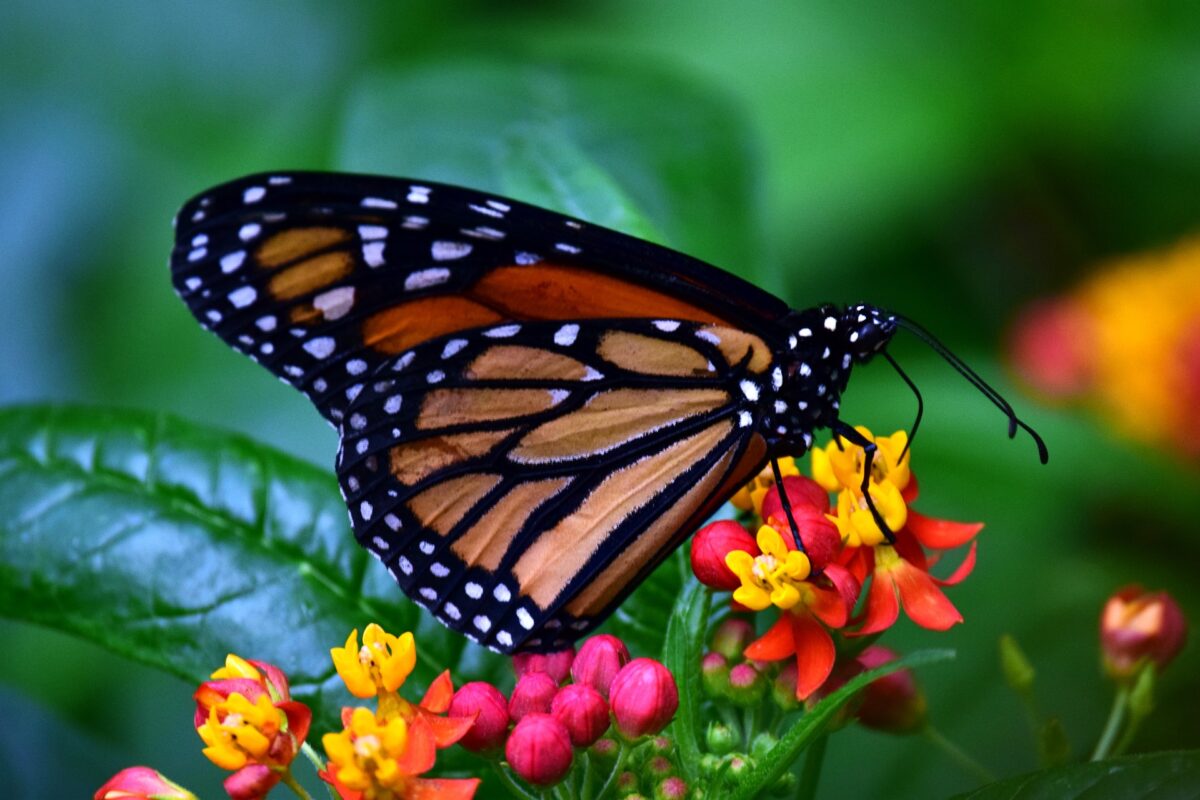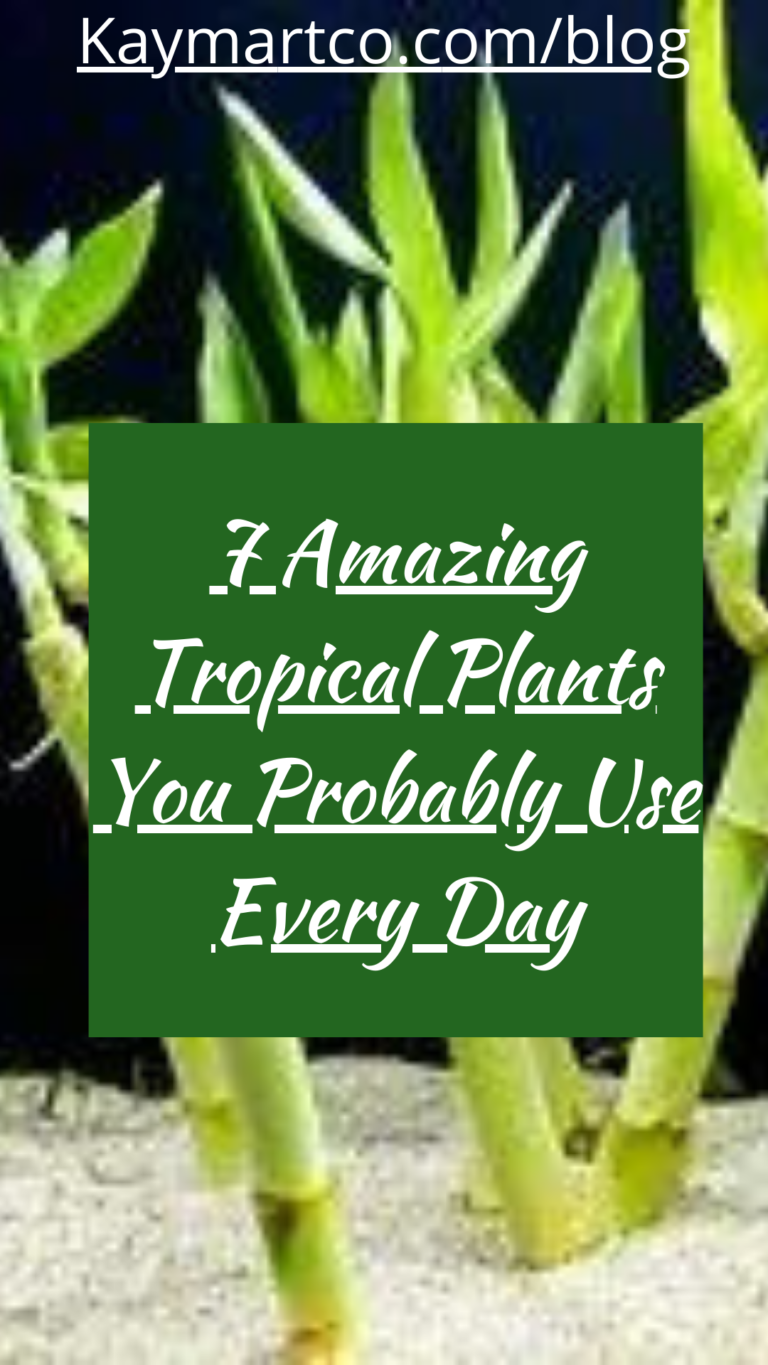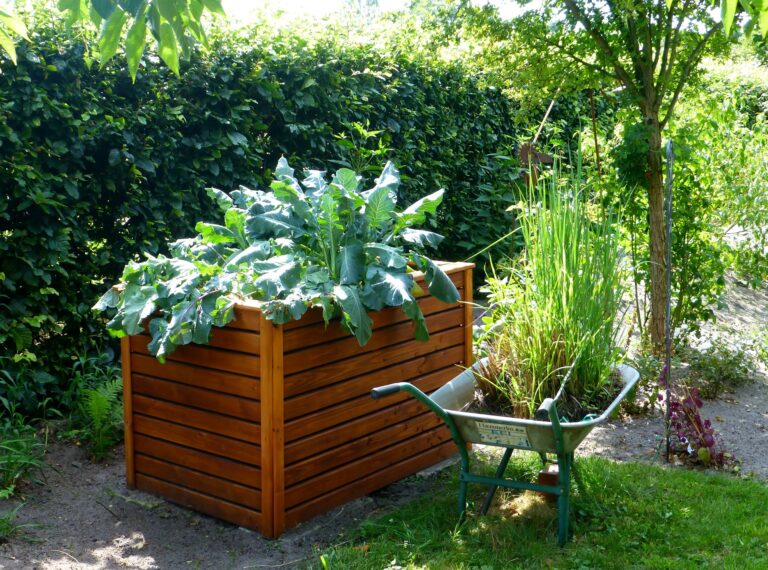Is the Monarch Butterfly facing Extinction?

According to a recent post by National Geographic, “Migratory western monarch butterfly has reached a record low this year, putting them at the brink of extinction, according to the latest survey of the insects.” They estimate fewer than 2,000 monarch butterflies have migrated this year. This is a decline from last year’s 30,000 but nowhere near the millions of monarchs seen in the 1980’s. This happened, as the U.S. Fish and Wildlife Service announced that they denied access, for the monarch butterfly, to the endangered species list. This list would give these butterflies protections under the national Endangered Species Act.
So what can we do for the Monarch Butterfly?
With May, comes an opportunity to develop and grow bloom varieties that enhance pollinator habitat. It’s a chance to re-wild your nursery stock with local wildflowers to help butterfliea, honey bees and other benefitial pollinators.
Permaculture creator and ecological author at Horticulture.co.uk Elizabeth Waddington reminds us that environment and climate change, expansion of residential areas, and natural toxins compromise these excellent insects.. Gardens are where we can stem the tide, and help tackle this biodiversity emergency.
Wildflowers offer elective environments and nourishment for caterpillars, butterflies (including the Monarch Butterfly) and different pollinators. Wildlife supplies site, Ark Wildlife, reports stunning growth for wildflower sales from 2020 to 2021. This means support for butterflies and honey bees is beginning to gain momentum.
The most effective method to help pollinators this May is to make your garden into a butterfly-accommodating wildflower haven.
The more wildflowers prosper, the better our butterfly populations will grow. By finding basic ways to change your own garden, you can contribute to the growth of pollinator species’ numbers. This also boosts your own prosperity by communing with nature. There’s other benefits too since many local species are edible and medicinal.
How to Get Started to Make a Safe Haven
To start, gather your local wildflower seed blends. While not absolutely better, local wildflowers are, for the most part, liked by these advantageous bugs. Butterflies and honey bees have developed a way to utilize these common local plants as nourishment for their young caterpillars. They also use nectar and pollen for the adults.
Pick a site in your garden, as little, or as big as, you can accommodate. Ideally, a place that gets full sun.
Planting local wildflowers couldn’t be simpler. They’re extremely simple to develop – disperse seeds on any uncovered earth and let them have at it. Obviously, you can improve germination rates by raking the seed beds. Or, disperse the seeds with uniquely arranged ‘seedballs’ as opposed to exposed seeds.
Watch your meadow develop and blossom in the spring and summer, and appreciate assisting the butterflies to thrive.
How else can we help a Monarch Butterfly in the garden?
Our gardens are critical environments – desert springs of green in our towns and urban communities. As garden workers, we ought to do everything we can to utilize our gardens shrewdly. We should do what we can to nurture and secure the wide range of beneficial insects with whom we share our space. Butterflies and other pollinators are especially significant.
Local butterflies have shaped advantageous associations with certain local plants. So, when we plant local species, or permit wild plants to prosper in the more out-of-control corners of our gardens, we help butterfly and moth species in unmistakable ways.
There is the alternative to incorporate other colorful plants into your garden glade as well. Pick fascinating plant species. Search for huge open blossoms with solid fragrances. These will, in general, have more nectar and pollen available in open blossoms.
Butterflies likewise need water. Put out a shallow-sided dish of water in the flowerbed and ensure it doesn’t have dangerous edges. An earthenware plant saucer is ideal.
Another tip is to look out for cold spells. Numerous blossoms will not yield well in the cold, which keeps butterflies from being taken care of. During such occasions make a blend of sugar water and put it out in an obscure spot. Butterflies and honey bees will track it down for a fast ‘refueling break’ when required. Ants like this too so make sure to hang it up.
I hope you are able to incorporate wildflowers into your yard. Not only are wild species beautiful but some of them are edible too. There many reasons to include wildflowers in your garden. Most importantly, it will give you a sense of satisfaction that you helped to safe the endangered Monarch Butterfly.
Please subscribe to my blog so notification of new blogs will come directly to you.

